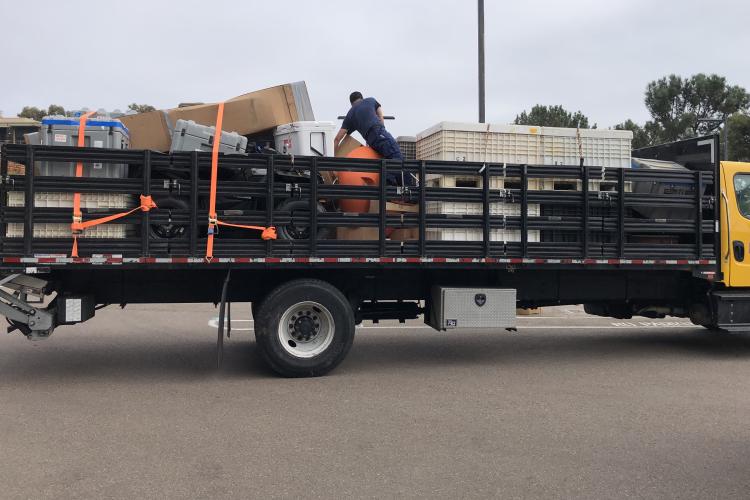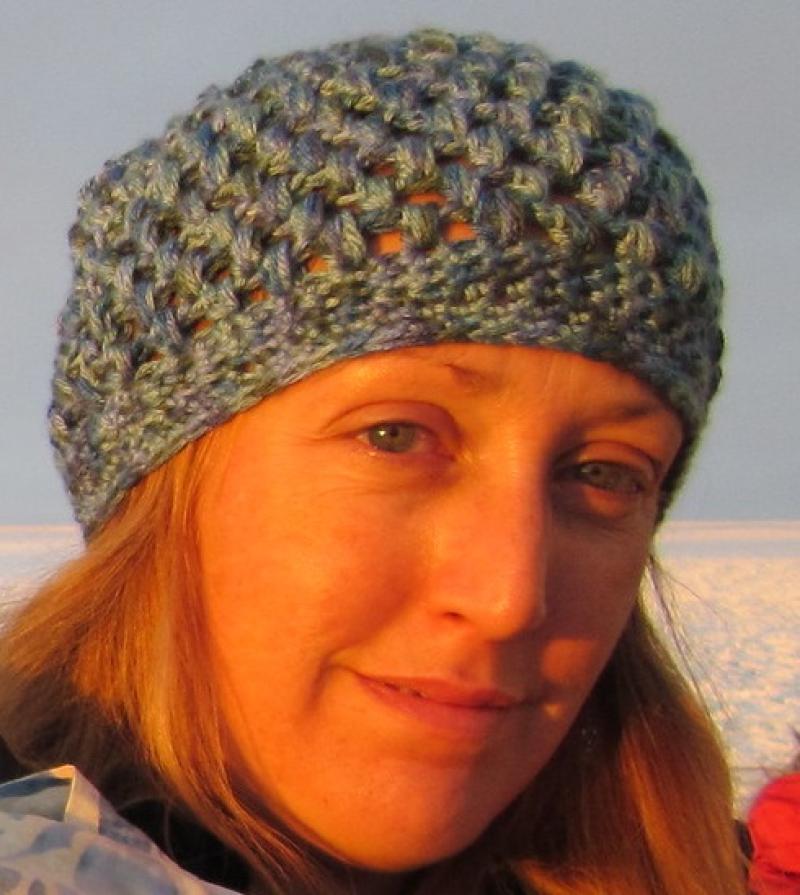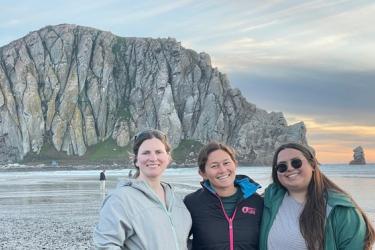When I last wrote a blog post about all the logistical challenges we faced during our 2019/20 field season, I didn’t think it would be the last post I wrote for almost a year and a half. I described that field season as the weirdest I’d ever had, but clearly I had no idea how much the world was about to change.
The ability to conduct science has taken a big hit during the pandemic. Everything from working in laboratories to traveling to field sites has been restricted or, at times, not possible. Our 2020/21 field season was cancelled, creating the first gap in our decades-long time series of ecosystem data in Antarctica. We have been approved to go to Antarctica this November, but everything about this field season will be different.
In a normal year, we would ship our gliders and field gear to Punta Arenas, Chile in early September so that it arrives in early November, in time to load the ship and depart for Antarctica. This year, because of global shipping delays caused by the pandemic, we had to ship our gear a month earlier. We took advantage of our time away from the lab to ship several of our gliders back to the manufacturer for service, and we found ourselves suddenly scrambling to get them back in time to meet our new shipping deadline. Once we had two gliders back, we crammed two months of glider preparation into three weeks.
Also in a normal year, we would have a 40-foot shipping container delivered to our lab, which we would load with all our gear. The driver would then take it to the port in Long Beach, CA, from where it would depart for Chile on a cargo ship. This year, because of shipping delays and cargo container shortages, we shipped our gear with the National Science Foundation’s (NSF) U.S. Antarctic Program. We drove (round trip in one day!) from San Diego—through LOTS of Los Angeles traffic—four hours north to the NSF warehouse in Port Hueneme, CA, in a fully loaded 26-foot stake bed truck with lousy shocks. It was a long, bouncy, squeaky ride.
Also in a normal year, we would fly to Punta Arenas to meet our shipment and perform final checks on the gliders to make sure they weren’t damaged during transit. We plan on doing that this year, too, but Chile’s requirements for entering the country change regularly in response to pandemic conditions. If we don’t have the proper documents upon arrival, we could be sent right back home.
These are only the ways our field season has been different so far, and we haven’t even left yet. Who knows what differences we’ll find when we arrive in Chile?


